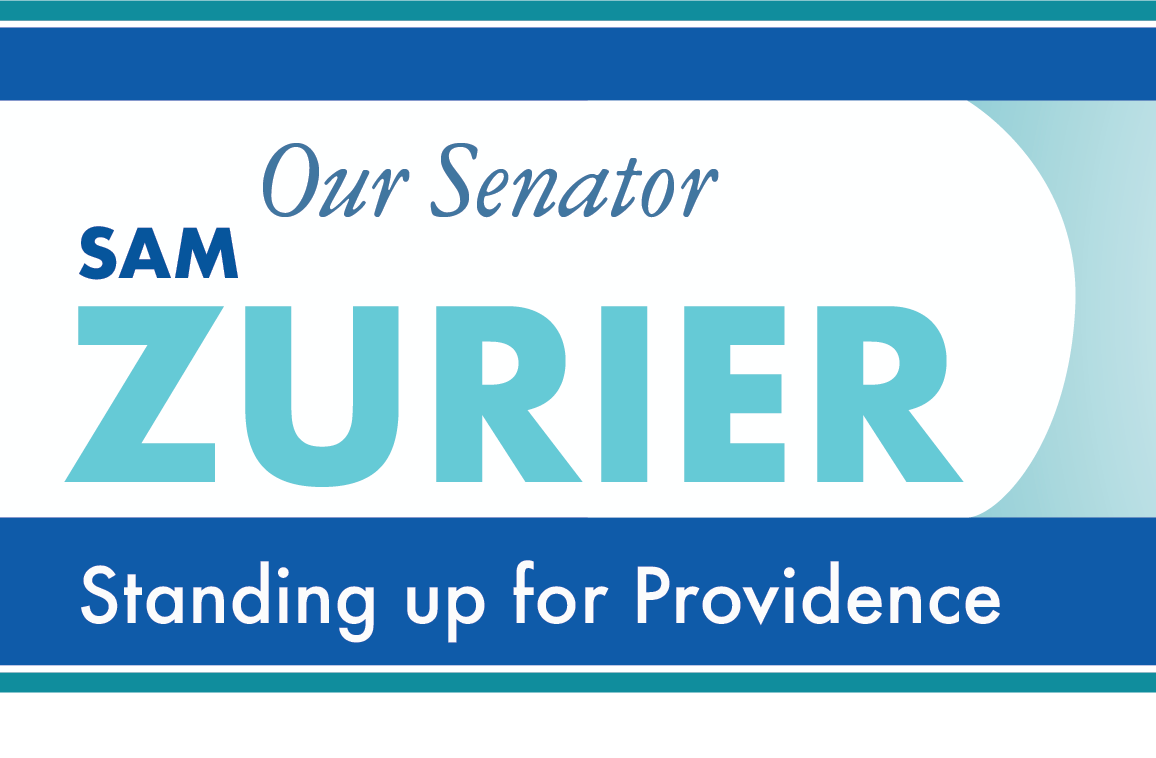Dear Neighbors:
I hope your New Year is off to a happy and healthy start. With the General Assembly scheduled to begin its next session this week, I am pleased to resume my (mostly) weekly letters to inform you about issues we will be facing. In this week’s letter, I will provide an introduction to the State’s school aid funding formula.
Introduction to the School Aid Funding Formula
Last year’s State budget appropriated over $1 billion in aid to local school districts, including more than $277 million to the Providence Public Schools. State aid is allocated based principally upon a formula originally adopted in 2008 and modified slightly over time. In 2014, the General Assembly conducted a formal review of the formula, inviting public comment. At that time I submitted as a private citizen a Report with Exhibits advocating for changes to provide more equitable State aid for urban core school districts.
This year, the Senate’s leadership has announced its intention to review the formula to determine what modifications, if any, are appropriate. In this week’s letter I will provide a general introduction to the current formula’s basic principles and design. In future letters, I will discuss how the current formula as implemented diverges from its founding principles, and how possible amendments can improve it.
A. Four basic principles of the current formula
The current funding formula is based on four basic principles.
1-2: Developing a foundation budget for each school district.
The first two of these principles support the calculation of a “foundational” school budget, which is designed to represent the cost of education per student as follows:
1. The formula calculates a “core instruction” budget that represents that average cost to educate a student without any special needs.
In this year’s budget, the State developed a per student core instruction budget of approximately $11,050.
2. Next, the formula makes an adjustment in the per student education cost for the additional needs of certain students, such as those in poverty, multi-language learners, etc.
The funding formula increases the per-student budget by 40% for each student whose family’s income qualifies for free or reduced lunch.
Based on these two principles, the formula develops a “foundation budget” for each school district by tabulating the sum of its per student costs, depending upon the special needs adjustments indicated for particular individual students.
3-4: Allocating the cost of the foundation budget between the State and local school districts.
The third and fourth principle of the State’s funding formula calculate how the cost for the foundation budget will be shared between the State and the local school district. It consists of two components:
3. First, the formula decides what percentage of the State’s overall foundational budget will be paid for with State funds, and what percentage will be paid for by school districts in the aggregate. This determines the total amount of State aid to be distributed under the formula.
While there are some nuances here, the basic division amounts to a 50/50 split of the payment of the core instructional budget between the State and the aggregation of all of the State’s school districts.
4. Then, the formula allocates the overall level of State aid among local school districts based upon their ability to pay.
To calculate ability to pay, the funding formula relies primarily on a comparison between the size of a school district’s property base divided by the number of students who must be supported by local taxes. According to my unofficial calculation using State data, the average Rhode Island school district had, in 2014-15, almost $900,000 of taxable property for each public school student; however, that varied widely across different communities. For example, in 2014-15 Narragansett had more than $4 million per student in taxable property, while Providence had less than $300,000 per student.
These four basic principles are, at a very broad and general level, similar to those in many other state education aid funding formulas across the county and a reasonable starting point to develop a fair and equitable funding formula in Rhode Island. In future letters, I will describe how the current version of Rhode Island’s formula diverges from the basic goals of these four basic principles, primarily to the detriment of Providence and other urban core school districts.
